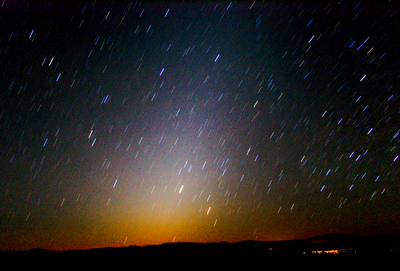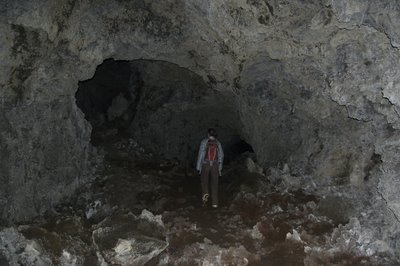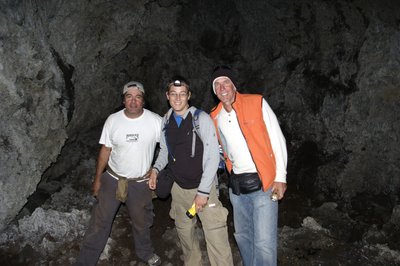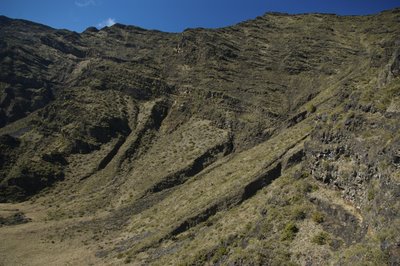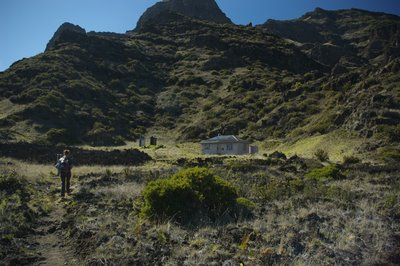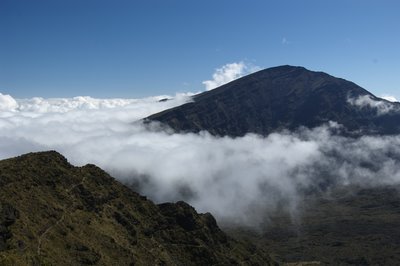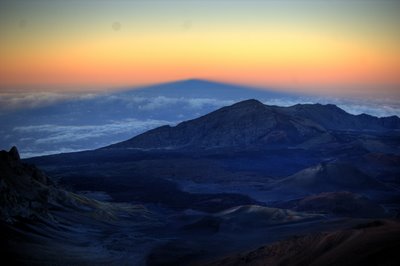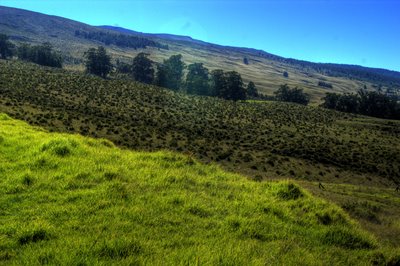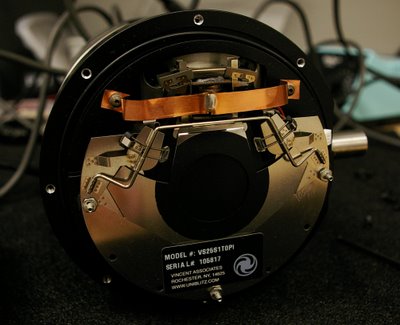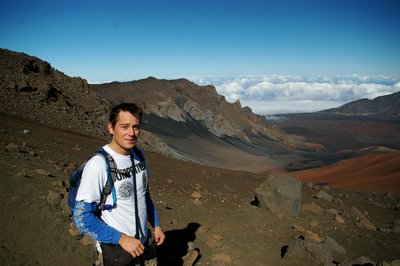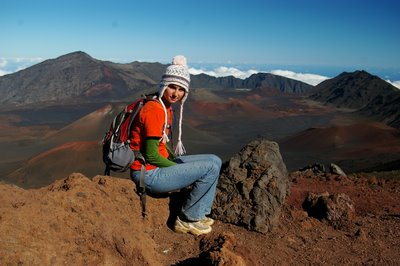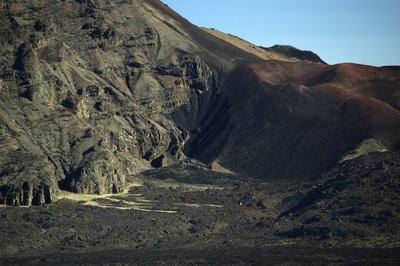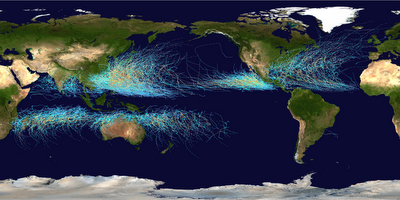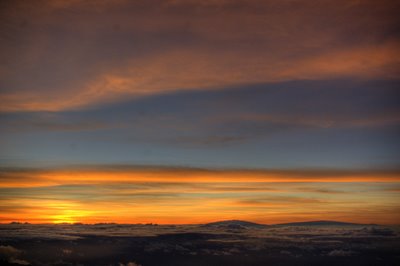

I just found an awesome way to get really sharp, high-contrast B+W shots out of my timelapses. I take all the .jpg files and I stack them with that IDL routine I wrote. Since each .JPG file is 8 bits, meaning the numbers range from 0 to 255 (2^8), it only has 255 shades of grey. By adding 100 images to gether, now the full range is 0 to 2550, which is 100 times the shades! This gets me a high S/N, high color-range image that I can process. Then, since the files are encoded as Red-Green-Blue, meaning that the image is a 3-by-Xpixels-by-Ypixels array [3, 1536, 1024], I can just pick the red channel as the clearest.
Just to show the difference, here's the stacked but unprocessed Blue image......

And Red image......

The neat thing was finding a FITS-file reader for photoshop. Astronomers use their own weird file format. It's a lot like jpg's, tiff's, pngs, gif's, etc but it requires it's own custom readers, just like every other image format. The nice thing about fits files are that there's no compression. The numbers can run from 0 to 25500000 if you have that much data. They're huge, typically 100MB, but there's a ton of information in them. The various space-agencies made
this software (fits-liberator) for or photoshop so that you can import and play with the .fits files and then compress them as you like.

After doing a bit of image math (log scaling) and tweaking the image, I've got the sharpest shot of the Big Island, taken from Maui, that I think I've ever made...... You can see Waipio valley, resolve the telescopes on the summit, see the Kohala coast, and see the different bands of lava on the mountain slopes.




